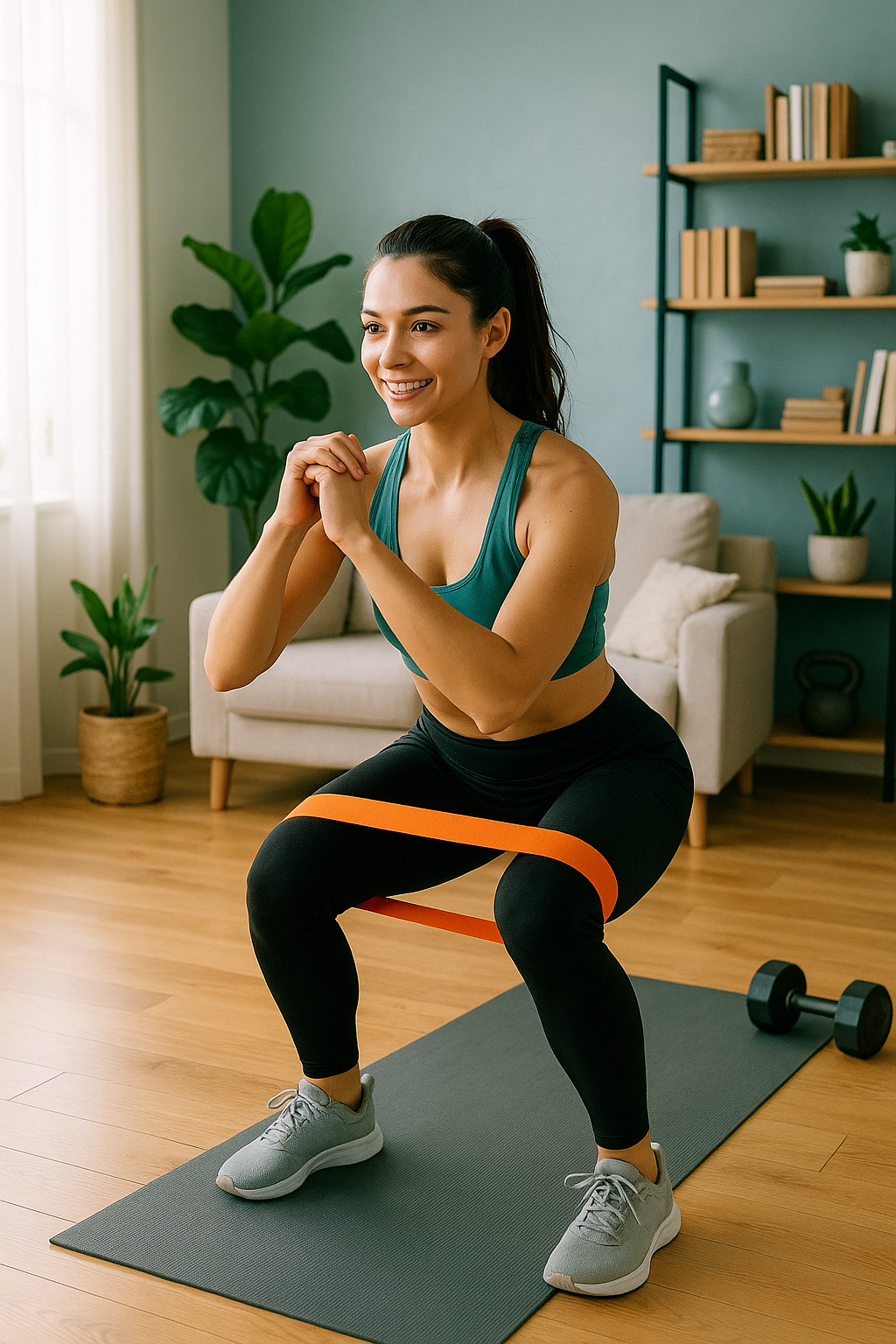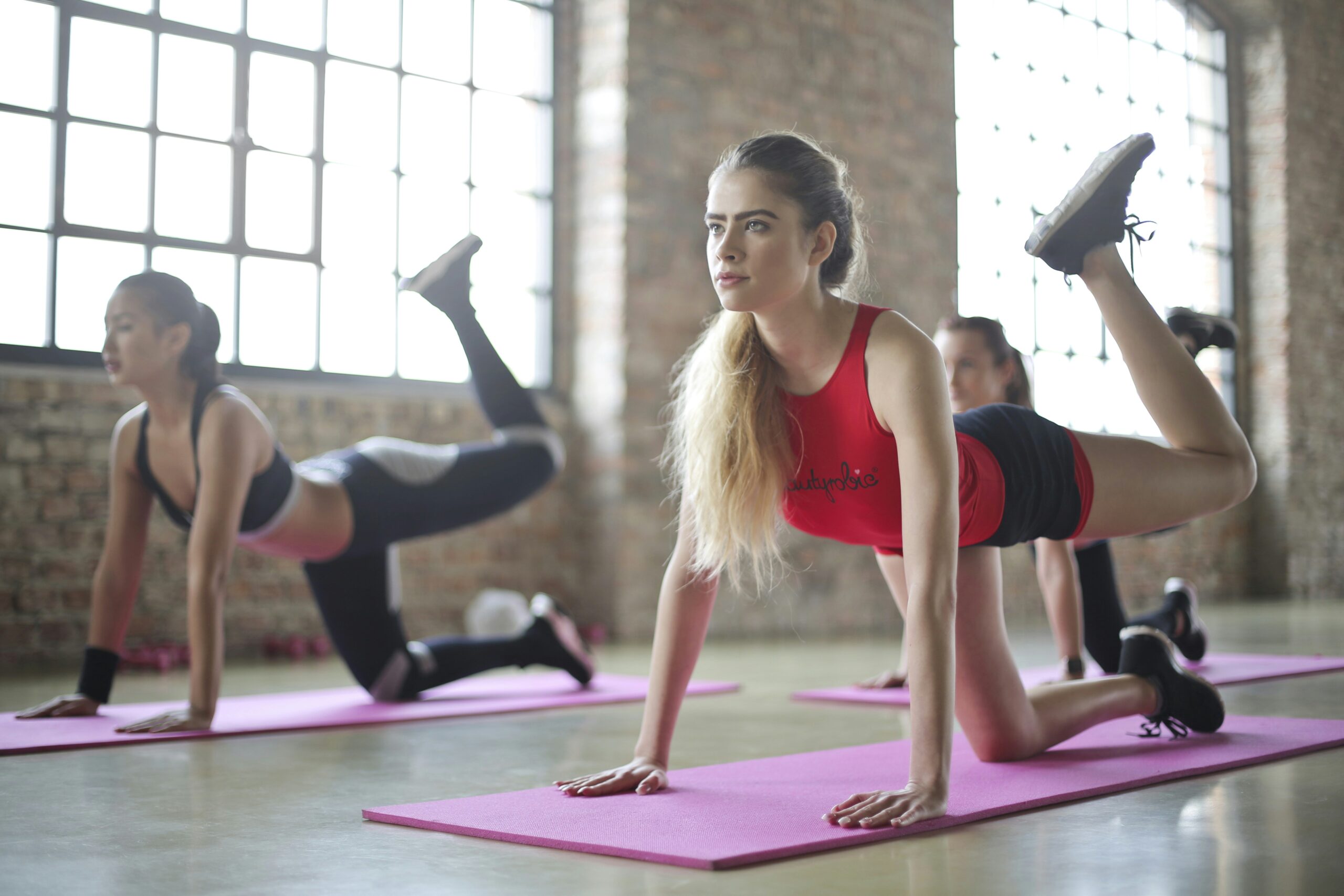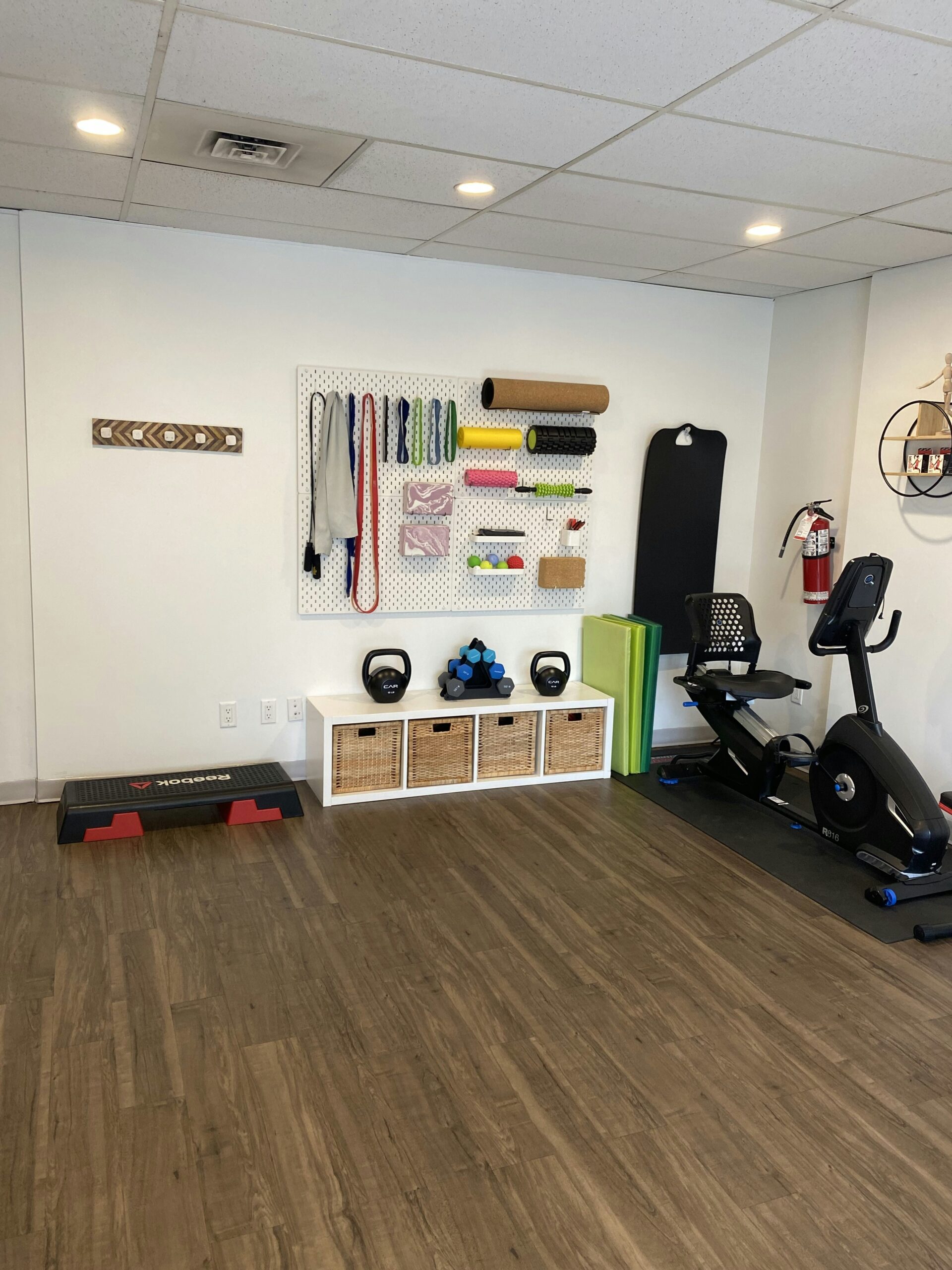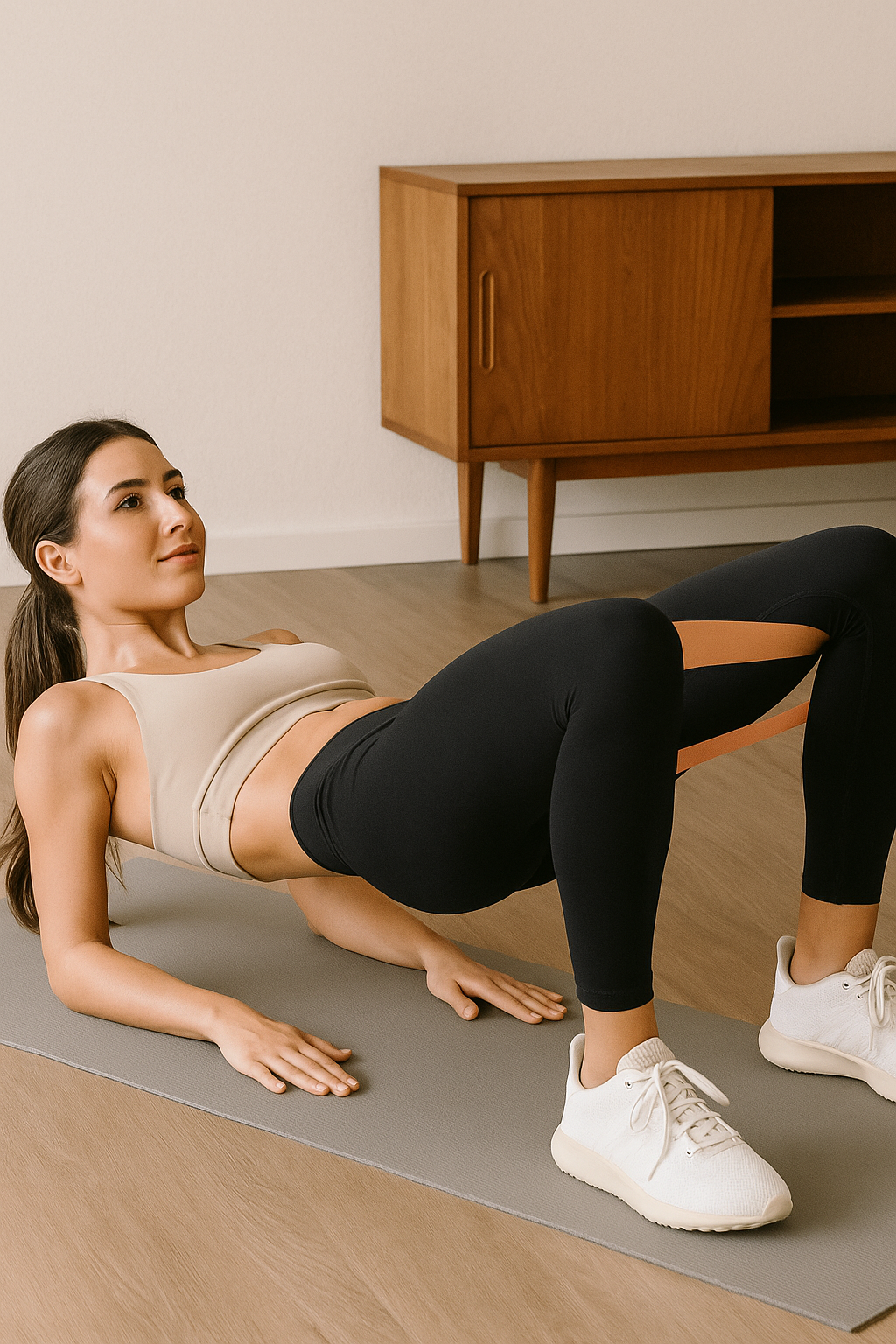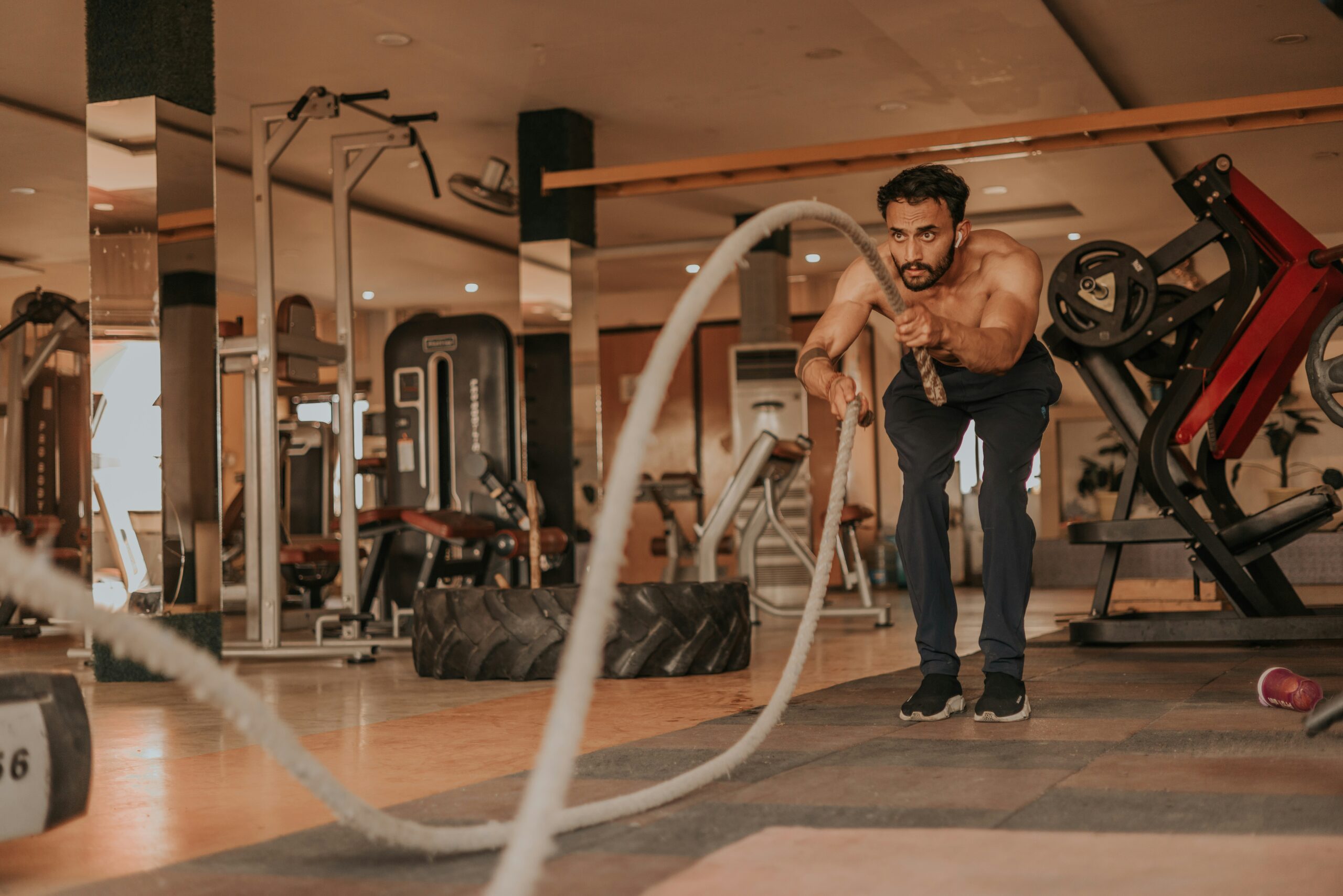Introduction to Mini Bands and Their Benefits
Mini bands, also known as resistance bands, are increasingly recognized as a highly effective tool for resistance training, particularly for those who are new to exercise. These compact and portable bands come in various resistance levels, allowing users to customize their workout intensity according to their fitness levels. Their versatility makes them suitable for a wide range of exercises, targeting every major muscle group in the body.
One of the standout features of mini bands is their ease of use. Unlike traditional weights, mini bands can be employed to perform a vast array of movements that improve strength, flexibility, and coordination. This accessibility makes them an excellent choice for beginners who may be intimidated by other forms of resistance training. With just a few bands, individuals can perform a full-body workout in the comfort of their own home, without the need for additional equipment.
Another significant advantage is the portability of mini bands. They are lightweight and can easily be carried in a bag, allowing users to maintain their fitness routine while traveling or while away from a gym. This portability encourages consistency in training, which is crucial for achieving fitness goals. Additionally, mini bands help in enhancing muscle engagement through various resistance levels, making each exercise more challenging as strength improves.
Furthermore, mini bands are suitable for all fitness levels, from absolute beginners to advanced athletes. This adaptability means they can grow with a user’s progress. The resistance provided by mini bands not only aids in building muscle but also supports rehabilitation and mobility work. Given their effectiveness for full-body workouts, mini bands present an excellent solution for anyone looking to maintain or enhance their fitness levels at home.
Essential Warm-Up Exercises to Prepare Your Body
Before embarking on any exercise regimen, particularly a full-body workout utilizing mini bands, it is imperative to adequately warm up. This essential phase not only prepares the muscles and joints but also significantly reduces the risk of injuries. In preparing your body for the workout ahead, consider incorporating a series of dynamic stretches and movements that target various muscle groups.
One effective warm-up exercise is the leg swing, which enhances hip mobility and activates the lower body muscles. To perform this exercise, stand on one leg, swinging the opposite leg forward and backward in a controlled manner. Aim for 10 to 15 swings on each leg. Additionally, arm circles can efficiently warm up the shoulder joint; extend your arms laterally and perform small circles, gradually increasing the diameter. Switch direction after 10-15 seconds to ensure balanced development.
Torso twists are another beneficial addition to your warm-up routine. With your feet shoulder-width apart, gently twist your torso from side to side, allowing your arms to swing loosely. This exercise helps in enhancing spine flexibility and engaging core muscles. For the lower body, incorporate walking lunges, which not only stretch but also activate the quadriceps, hamstrings, and glutes. Take a step forward with one leg, lowering your body until both knees create angles approaching 90 degrees, then repeat with the other leg.
Finally, consider incorporating high knees into your warm-up to elevate your heart rate. This exercise involves jogging in place while driving your knees toward your chest with each step. Aim for 30 seconds of high knee movements. By integrating these dynamic stretches and movements into your warm-up, you ensure that your body is primed for a more effective and safe workout with mini bands.
Step-by-Step Guide to the Full-Body Mini Band Workout
The full-body mini band workout is designed to be beginner-friendly while effectively engaging all major muscle groups. To get started, you will need a mini resistance band, which is portable and versatile. Here’s a step-by-step guide to help you through the exercises.
1. Warm-Up: Begin with a 5-10 minute warm-up to increase your heart rate. Simple dynamic stretches, such as arm circles and leg swings, are effective. This prepares the muscles for the workout.
2. Squats with Mini Band: Position the mini band just above your knees while standing with your feet shoulder-width apart. Engage your core and lower into a squat by bending your knees, keeping your chest lifted. Ensure your knees do not go beyond your toes. Aim for 10-15 repetitions. This exercise targets the quadriceps, hamstrings, and glutes.
3. Seated Rows: Sit on the floor with your legs extended in front. Loop the mini band around your feet and hold the ends with your hands. Keep your back straight and pull the band towards you while squeezing your shoulder blades together. Perform 10-12 repetitions to engage the back and bicep muscles.
4. Lateral Band Walks: Place the mini band around your ankles. With slightly bent knees, step sideways to the right, then return to the left, taking 10 steps in each direction. This exercise focuses on the hip abductors and strengthens the outer thighs.
5. Glute Bridges: Lie on your back with your knees bent, feet flat on the floor, and the band around your thighs. Lift your hips towards the ceiling while squeezing your glutes at the top. Aim for 12-15 repetitions to work on the hamstrings and glutes.
6. Cool Down: Finish the workout with 5-10 minutes of stretching to enhance flexibility. Focus on gentle stretches for the legs, arms, and back.
For an effective workout, aim to perform each exercise for 2-3 sets, resting for 30 seconds between sets. Adjust the repetitions and resistance level according to your fitness level. This structured approach ensures a comprehensive full-body workout that is accessible and manageable for beginners.
Cool Down and Stretching Techniques After Your Workout
After completing a full-body mini band workout at home, it is essential to dedicate time to the cool-down phase. This period allows your body to gradually transition from a high heart rate back to a resting state. Engaging in a cool-down routine minimizes muscle soreness and reduces the risk of injury, promoting more effective recovery. Including stretching exercises post-workout can enhance flexibility and support muscle recovery for your major muscle groups that were targeted during the session.
One effective stretching technique is the standing hamstring stretch, which helps to relieve tension in the back of the legs. To perform this stretch, stand with your feet hip-width apart, bend at the hips, and reach your hands towards your toes while keeping your knees slightly bent. Hold this position for 20-30 seconds, breathing deeply to facilitate relaxation.
Another important stretch is the chest opener. Stand tall, interlace your fingers behind your back, and gently pull your arms away from your body while opening your chest. This stretch counteracts the forward posture often associated with many strength-building exercises and promotes shoulder flexibility. Maintain this position for 20-30 seconds while focusing on your breath.
Incorporating a quadriceps stretch can also be beneficial. Stand on one leg, grabbing the ankle of the opposite leg and pulling it towards your glutes. Ensure your knees stay aligned and hold this stretch for 20-30 seconds before switching sides. These stretches, among others, will help to effectively target the key muscle groups engaged during a mini band workout.
As you establish a consistent workout routine, integrating these cool-down and stretching techniques will be crucial. To enhance your workout journey, consider utilizing online resources, joining virtual fitness classes, or consulting fitness professionals who specialize in mini band training. This will help ensure continued progress and adaptability in your fitness regimen.
